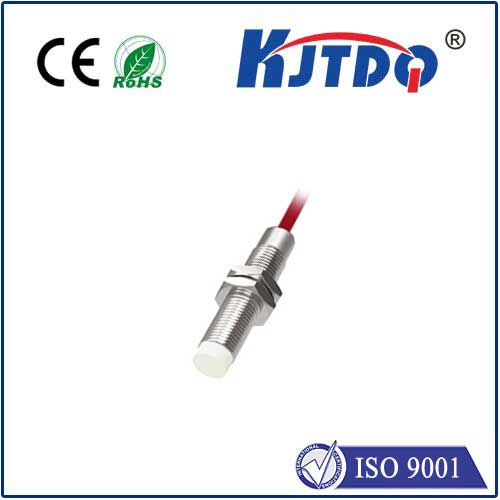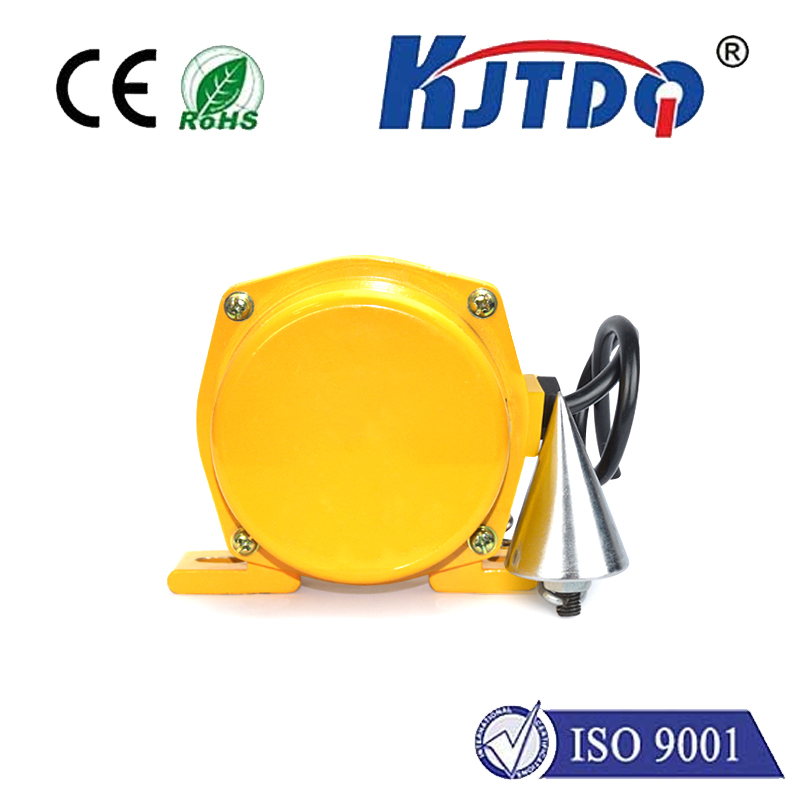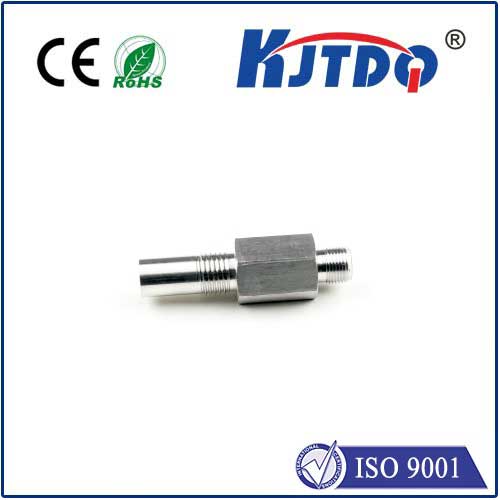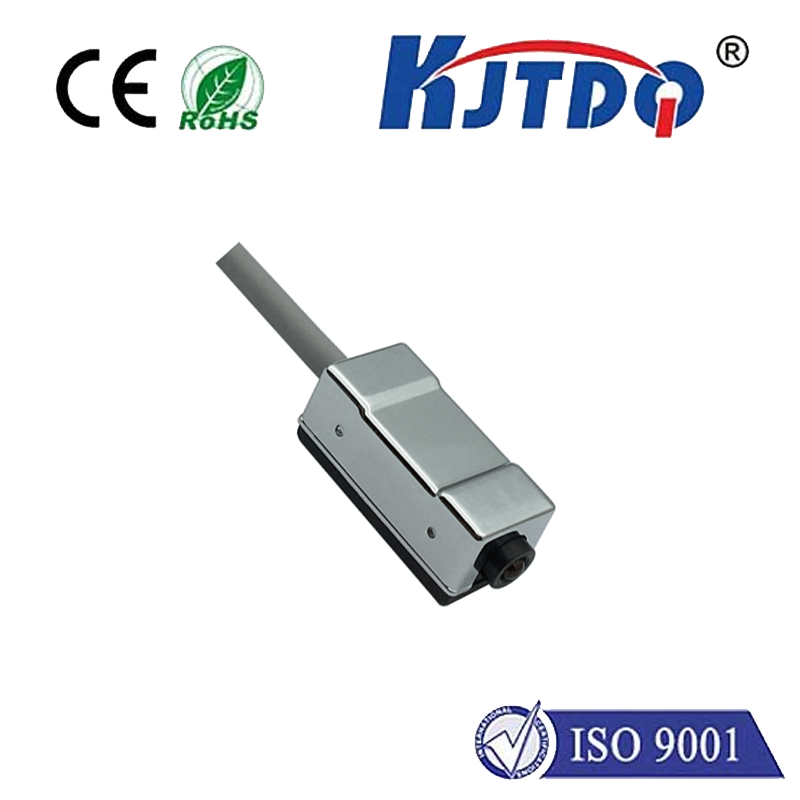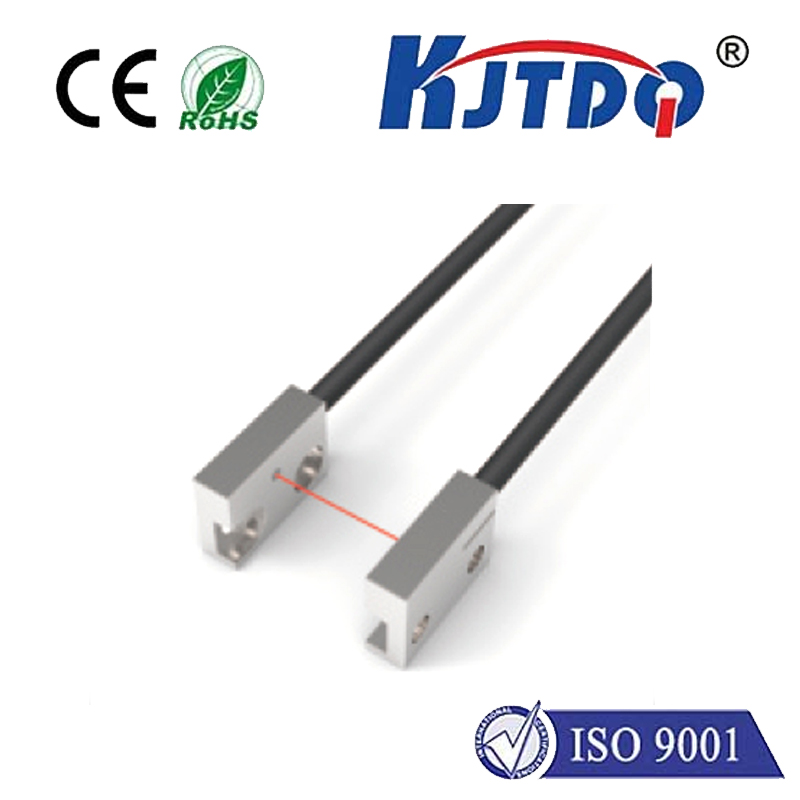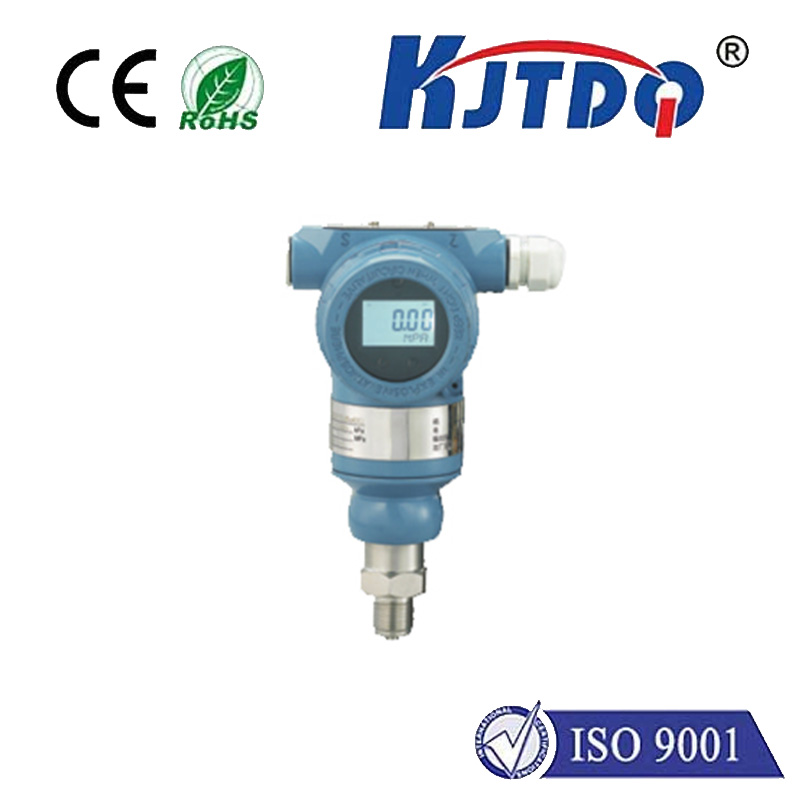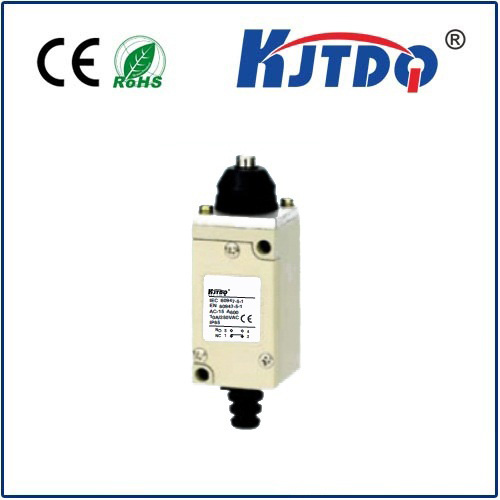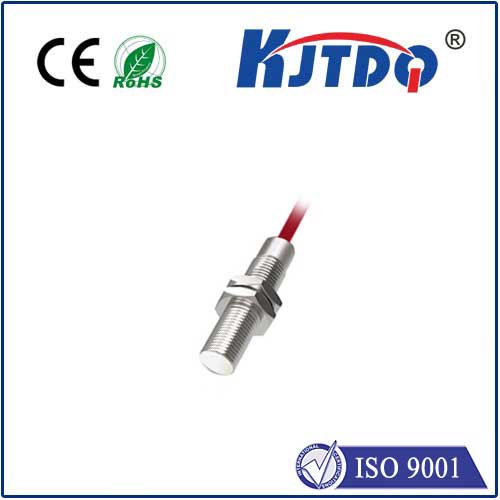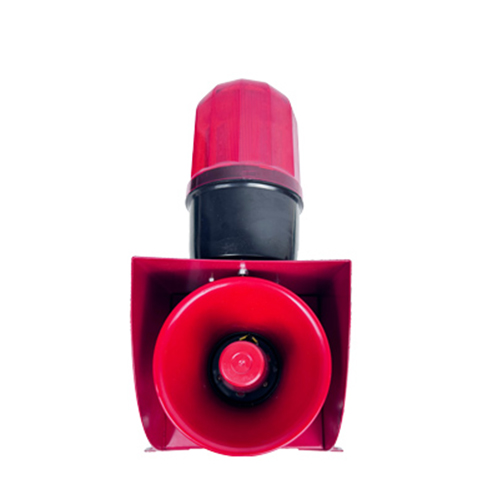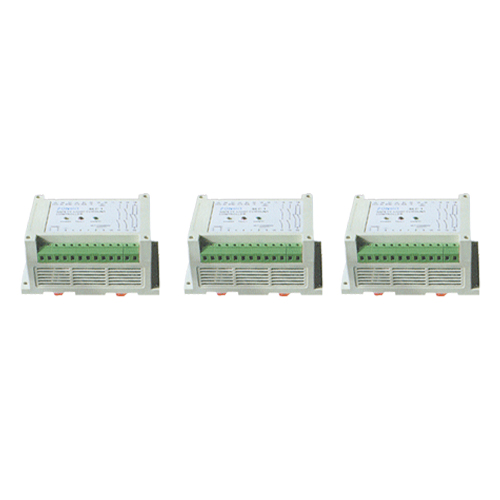BES04CL proximity sensor
- time:2025-10-02 04:00:39
- Нажмите:0
Unlocking Precision: Your Essential Guide to the BES04CL Proximity Sensor
Imagine this: a critical assembly line suddenly halts. A vital component isn’t being detected. Production grinds to a standstill, costs skyrocket, and deadlines vanish. Often, the unsung hero—or culprit—in such scenarios is the humble датчик приближения. Today, we’re focusing on a workhorse in industrial automation: the BES04CL proximity sensor. Understanding its capabilities isn’t just technical jargon; it’s about optimizing your operations for peak reliability and efficiency.
The BES04CL belongs to the category of inductive proximity sensors, renowned for their robustness and non-contact detection capabilities. Designed to sense the presence or absence of metallic objects without physical touch, it operates on a fundamental electromagnetic principle. Inside the sensor housing, an oscillator generates a high-frequency electromagnetic field emanating from the active face. When a ferrous or non-ferrous metal target enters this field, it induces eddy currents within the metal, causing a measurable energy loss within the oscillator circuit. This energy shift is detected, processed, and triggers the sensor’s output switch (typically a solid-state transistor), signaling the target’s presence.

So, what makes the BES04CL sensor stand out? Let’s delve into its key characteristics:
- Specific Sensing Range: The “04” in its designation usually indicates a standardized sensing distance, crucial for design engineers. While exact specs depend on the specific variant (e.g., BES04CL-PSC40B-S04G), it typically offers a reliable detection range appropriate for close-proximity applications common in machinery. Consistency at its rated range is paramount.
- Compact Form Factor: Size matters immensely on crowded factory floors and within intricate machinery. The BES04CL proximity switch is engineered for installations where space is tight, providing reliable detection without demanding significant real estate. Its robust M8, M12, or M18 threaded barrel design (depending on exact model) ensures secure mounting.
- Inductive Technology: This confers significant advantages:
- Non-Contact Operation: Eliminates mechanical wear, ensuring exceptionally long operational life even in high-cycling applications.
- Dirt and Debris Tolerance: Unaffected by dust, oil, grease, or other non-metallic contaminants – ideal for harsh industrial environments like machining, material handling, or foundries.
- High Switching Frequency: Capable of detecting objects moving at high speeds, essential for modern, fast-paced production lines.
- Robustness: Built to withstand industrial shocks, vibrations, and electromagnetic interference (EMI).
- Output Configuration: Commonly available in NPN (sinking) or PNP (sourcing) DC outputs, and often as NO (Normally Open) or NC (Normally Closed) configurations. This flexibility allows seamless integration into diverse control systems (PLCs, relays, counters).
- Flush or Non-Flush Mounting: Depending on the specific model suffix (e.g., “S04G”), the BES04CL may offer flush mount capability. Flush-mount sensors can be installed embedded in metal, protecting the sensing face, while still detecting objects in front. Non-flush variants typically offer longer sensing ranges but require more clearance around them.
- Environmental Resilience: Key specifications often include high IP (Ingress Protection) ratings (e.g., IP67, IP68), signifying excellent resistance to dust and water ingress. Operating temperature ranges are typically broad, catering to demanding climate-controlled or hot factory settings.
Where does the BES04CL proximity sensor truly shine? Its practicality is evident across numerous sectors:
- Automotive Manufacturing: Counting cams on an engine assembly line, verifying part presence in fixtures, detecting piston/rod positions, end-of-travel detection on robotic arms.
- Packaging Machinery: Monitoring product flow on conveyors, detecting filled containers, confirming case flap positions, sensing metal lids or caps.
- Перевозка материалов: Verifying pallet presence, detecting metal rollers or chains, monitoring conveyor belt splice positions (using metal markers), safety gate monitoring.
- Станки: Confirming workpiece clamping, detecting tool presence in turrets or carousels, spindle orientation control, coolant level monitoring (via float targets).
- General Factory Automation: Position sensing on actuators and cylinders, monitoring rotary equipment speed via metal targets, detecting metal parts in vibratory feeders, safeguarding zones.
Why choose the BES04CL over other proximity sensors? Its value proposition lies in its proven combination of features:
- Proven Reliability: A staple in industrial automation, known for stable performance under demanding conditions.
- Cost-Effectiveness: Delivers robust performance at a competitive price point, offering excellent value for automation budgets.
- Ease of Integration: Standardized form factor and wiring simplifies installation and replacement procedures, minimizing downtime. Compatible with common M8/M12 connectors.
- High Precision: Accurate detection at its specified range prevents false triggers and missed detections, critical for automated process consistency and product quality.
- Low Maintenance: The non-contact inductive principle drastically reduces wear, translating to reduced service costs and increased operational availability.
Integrating the BES04CL Effectively:
- Confirm Target Compatibility: Remember, it detects metal. Ensure the target material (steel, aluminum, brass, etc.) triggers reliably. Factor in target size and shape relative to the sensor face.
- Respect the Sensing Distance: Always design with the effective sensing distance (Sn) in mind, considering safety margins and potential variations due to temperature or target material. The “04” designation provides this critical baseline.
- Mind the Surroundings: Avoid mounting near other large metal objects outside the intended target zone, as this can influence the sensing field. Ensure adequate clearance, especially for non-flush sensors.
- Select the Correct Output: Match the sensor’s output (NPN/PNP, NO/NC) to the requirements of your control input (e.g., PLC input card). Wiring it incorrectly won’t damage it but won’t function.
- Consider Temperature and Environment: While robust, ensure ambient temperatures stay within its specified operating range. High IP ratings handle splashes and dust, but excessive direct high-pressure washdown might require more specialized sensors.
The BES04CL inductive proximity sensor is far more than just a component; it’s a fundamental enabler of seamless, reliable automation. Its ability to detect metal objects precisely, reliably, and without wear makes it an indispensable asset on countless production lines and within critical machinery worldwide. Whether you’re designing a new system, troubleshooting an existing line, or simply stocking essential spares, understanding the capabilities and optimal application of the BES04CL empowers you to build more resilient, efficient, and productive operations. For dependable non-contact metal detection in a compact, rugged package, the BES04CL proximity sensor consistently delivers.

